In a country where cricket monopolises the spotlight, polo continues to gallop forward quietly — powered by a few steadfast patrons who believe in its enduring prestige and purpose.
Among them, Naveen Jindal has emerged as a central figure, using his dual roles as a player and patron to reinvigorate one of India’s oldest sporting traditions.
A three-time member of Parliament and a vice president of the Indian Polo Association (IPA), Jindal’s connection with polo stretches over three decades, rooted in a deep family tradition and a lifelong love for horses.
Under his guidance, Jindal Polo has evolved into both a symbol of India’s polo heritage and a modern blueprint for how the sport can grow sustainably in the 21st century.
How has Jindal Polo become the heart of India’s polo revival?
Over the years, the team at Jindal Polo has risen to prominence as one of India’s most competitive sides, fielding top Indian as well as international players.
Yet, beyond trophies and titles, it is the organisation’s consistent investment in infrastructure and training that has positioned it at the centre of Indian polo’s resurgence.
“Polo is India’s gift to the world. Modern polo was discovered here and it has grown over the years, but also it has grown much more in other countries. Other countries like the UK, USA, Argentina, Brazil, polo is played a lot,” Naveen Jindal told Firstpost after a successful exhibition match between India and Argentina on October 23.
He continued, “In India also now we are making efforts because it is really an Indian sport. So we must grow polo in India. So we at Jindal Polo Estate, we are trying to encourage polo in every way that we can.”
That encouragement has taken tangible form through Jindal Polo Estate, a 100-acre facility in Noida that has redefined the standards of polo infrastructure in India.
What makes the Jindal Polo Estate a model for Indian polo?
The Jindal Polo Estate stands as one of India’s most advanced polo complexes — purpose-built to international specifications.
It houses five full-sized polo fields, including flood-lit grounds that allow night matches, a feature that has expanded both practice and competitive possibilities for players.
The estate includes state-of-the-art stables, an all-weather covered riding arena, accommodation for riders and grooms, and a dedicated equine care centre with veterinary facilities.
Its scale, design, and accessibility has made it a training hub that operates throughout the year.
“We are training lots of youngsters who want to take up the sport and encouraging people to do it. It is an expensive sport, no doubt. It is a dangerous sport, no doubt. But there are lots of young Indians, who are very keen and are very talented,” Jindal said.
Through structured programmes and regular practice sessions, the estate provides an open platform for emerging riders.
“We have taken up polo in the OP Jindal Global University also. And hosts of other people like Mayo College, the National Defence Academy, the Indian Army are promoting polo. So I think polo has a great future in India and it is only growing,” he added.
Can private patronage redefine polo’s future in India?
The reality at the moment is that India’s polo scene needs a boost.
For a country that gave birth to this beautiful sport, one that allows players to connect with horses on a deeper level, there is now a dire need for especially private investment to pick up the pace and restore India to where it should be — the top of the world.
One of the strongest advocates of that vision is Simran Singh Shergill, 42, a +4 handicap international polo player, Arjuna awardee, and one of the most accomplished Indian professionals.
Associated with Jindal Polo since 2001, Shergill believes the organisation has provided Indian polo the stability and direction it needed.
“Jindal has basically been the backbone of the Indian polo scene. They have supported Indian polo and Indian polo players for the longest time, being the most consistent patron, the holder of the best infrastructure of the country that promotes young Indian players and Indian professional players to play and basically powering the national polo scene,” Shergill told Firstpost.
Yet, the sport faces challenges.
“At the moment, polo is going through a bit of a dip in India. The number of polo players has reduced quite a lot. But we are making efforts to try and increase and encourage more young players to take up the game. And hopefully in a few years’ time, it will pick up again,” Shergill said.
Shergill’s optimism lies in organisations like Jindal Polo, which not only maintain professional-level teams but also open their facilities to grassroots players.
“Jindal Polo provides the best infrastructure for anyone to come and play. We have five polo fields over here. They are always open for everyone to come and play. We have an arena. We give horses and equipment to young players to play. We put them in teams so they can showcase their talent.”
For Shergill, such access is transformative. “Basically, that’s all a young player needs. They need a place to go and practise and then they need an opportunity to go and play. So, that’s what we are doing,” he explained.
How is Jindal Polo nurturing the next generation of Indian players?
Another seasoned international player and long-time member of the Jindal Panthers, Siddhant Sharma, 32, echoes the same sentiment.
With a +4 handicap and over a decade of association with the organisation, Sharma highlights the culture of mentorship and inclusivity that defines Jindal Polo.
“Luckily we have a really good team here behind us. Naveen sir is probably the best patron, also a great friend and a great supporter of the sport. So it’s amazing to work for this organisation,” Sharma told Firstpost.
For him, the Jindal Polo Estate’s facilities have changed how Indian players train.
“I think from the top with Naveen sir and Venky (Venkatesh Jindal), we have a great vision. We want to really promote polo and see it in India on the world map of polo. We obviously have the biggest setup in terms of number of fields, number of horses. We put in a lot of effort and investment into the basic infrastructure, which is horses and the fields,” he said.
Sharma added, “The facility is open to everyone who wants to play polo. They are welcome here at all times. We have a covered arena as well for the rains. Now we’re trying to get a coach every year for young kids. We also have riding and polo at the university. So I think that helps a lot with kids starting young. It’s much easier for them.”
This open-door policy has allowed new players to integrate quickly.
“Whoever starts playing in India, since polo is a small circuit, everyone knows that they’re welcome here. So a lot of young guys come here, play chukkers. In fact, most of us in Delhi are byproducts of this organisation,” Sharma explained.
What does the future hold for Indian polo under Jindal’s vision?
Over the years, the Jindal Panthers have recorded notable successes — including their 2023 Bhopal Pataudi Cup victory, their fourth consecutive title in that series.
More recently, on October 25, several key members of the team helped India defeat Argentina 10-9 in a high-goal international at the KogniVera International Polo Cup, a defining moment for Indian polo’s global ambitions.
But Jindal Polo’s goal is not merely to win matches but to create a self-sustaining ecosystem that supports Indian professionals, develops horses domestically, and ensures India’s presence in top-tier global tournaments.
Sharma shared, “We have everything that we need, actually. Just that now we need more players to come in, more active players. And obviously now we’re going to try to start breeding horses and train horses.”
Jindal’s continued support for heritage venues like the Jaipur Polo Ground in New Delhi ensures that the sport’s historical identity remains preserved even as it modernises.
Whether this model can be scaled across the subcontinent remains the BIG question for the future of polo in India.
At Firstpost, we extensively covered Indian polo through the 2024-25 season, first focusing on the origins of the sport, and then diving deep into the role of the Indian Armed Forces in reviving polo as well as the challenges the sport faces in the subcontinent.
Now we have begun with a new series of features focusing on the 2025-26 Indian polo season.


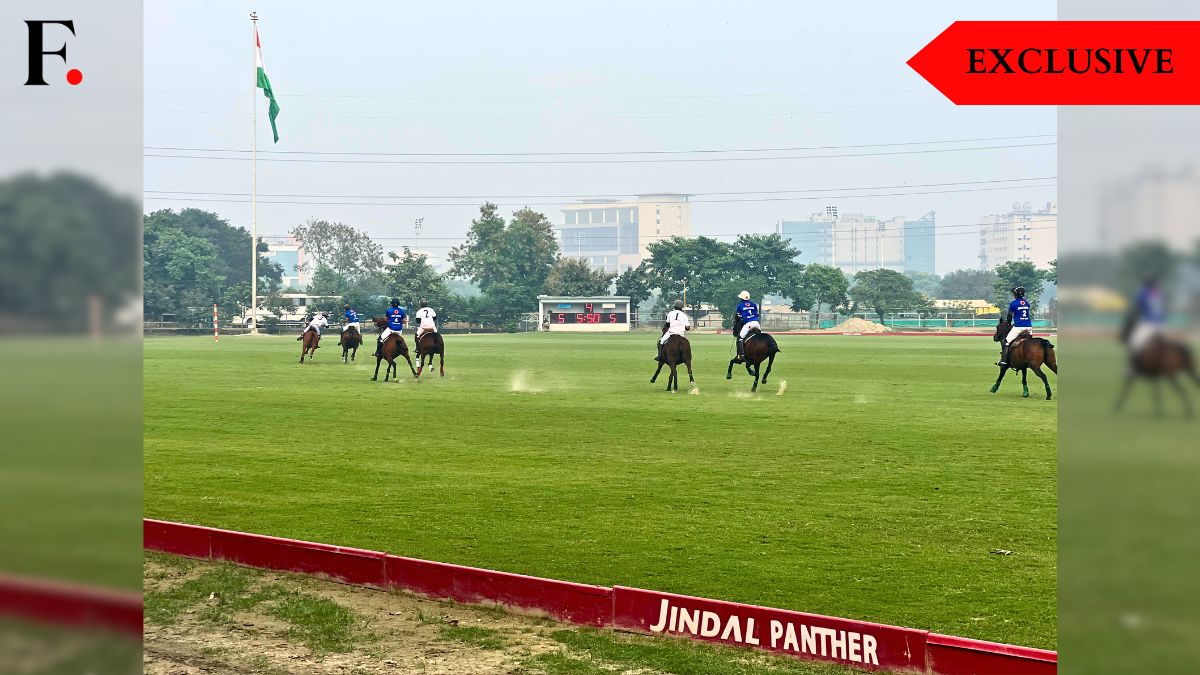)
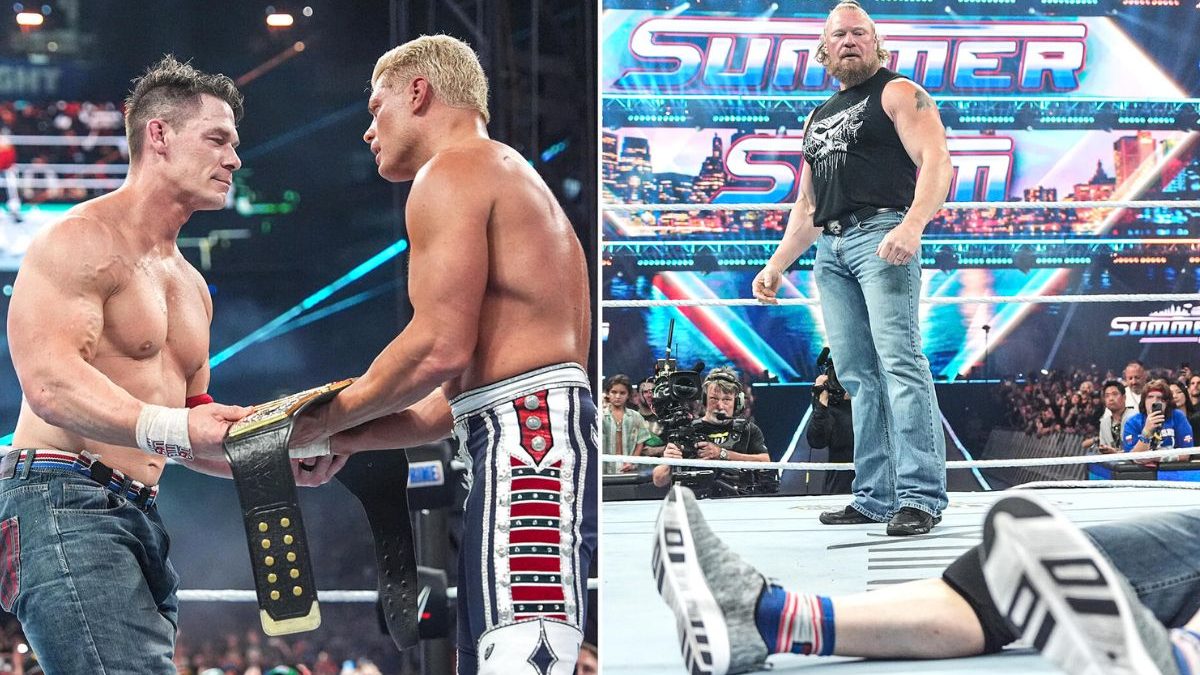
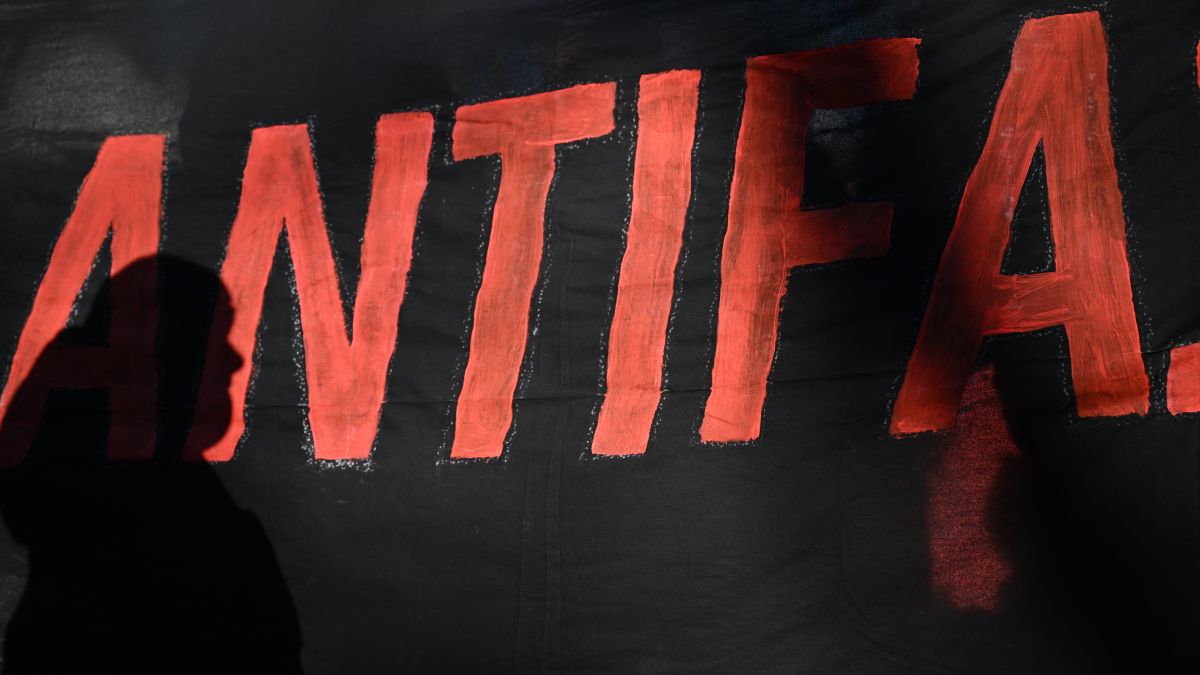)
)
)
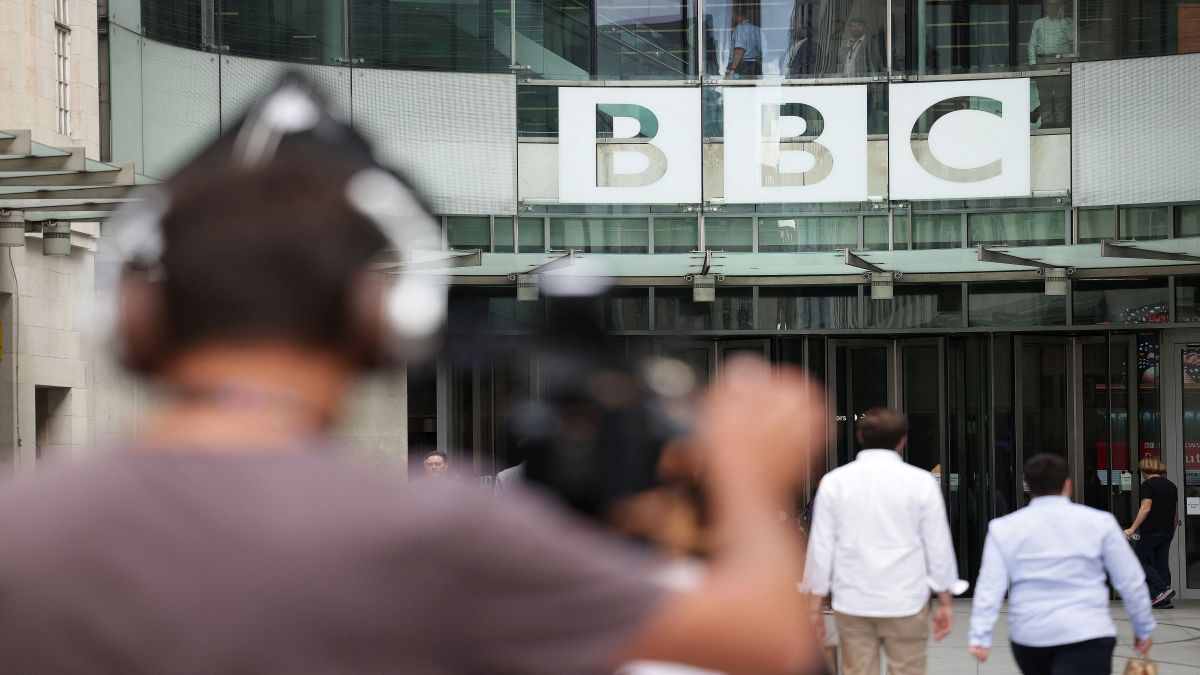)
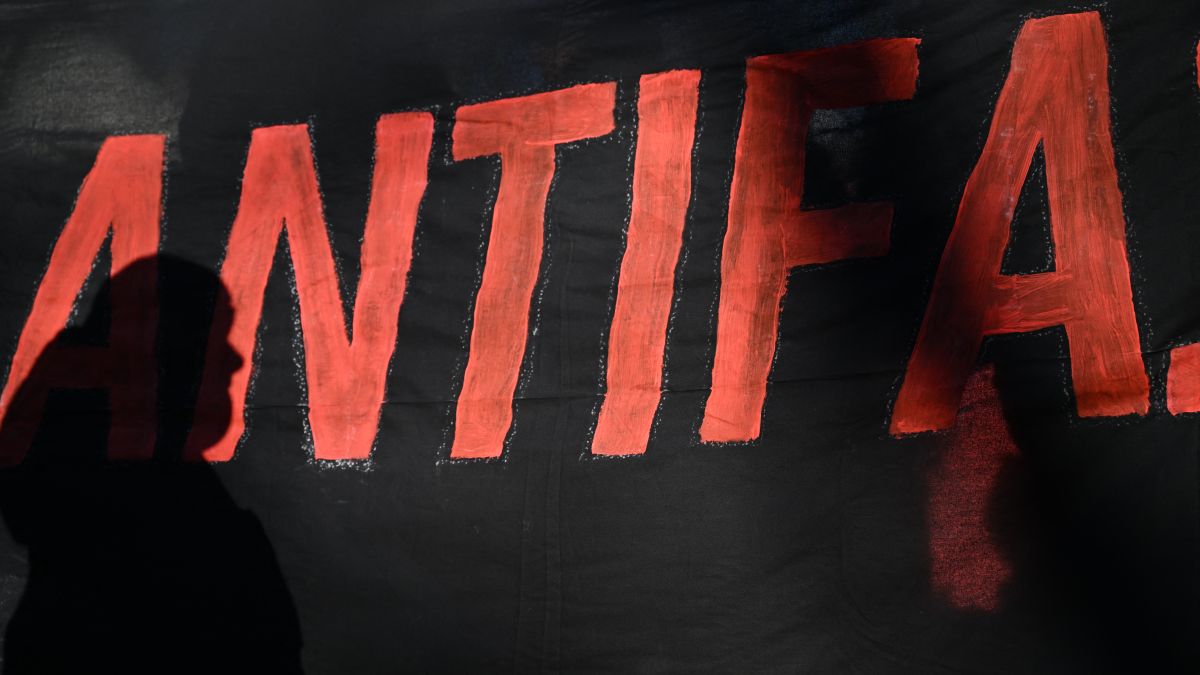)
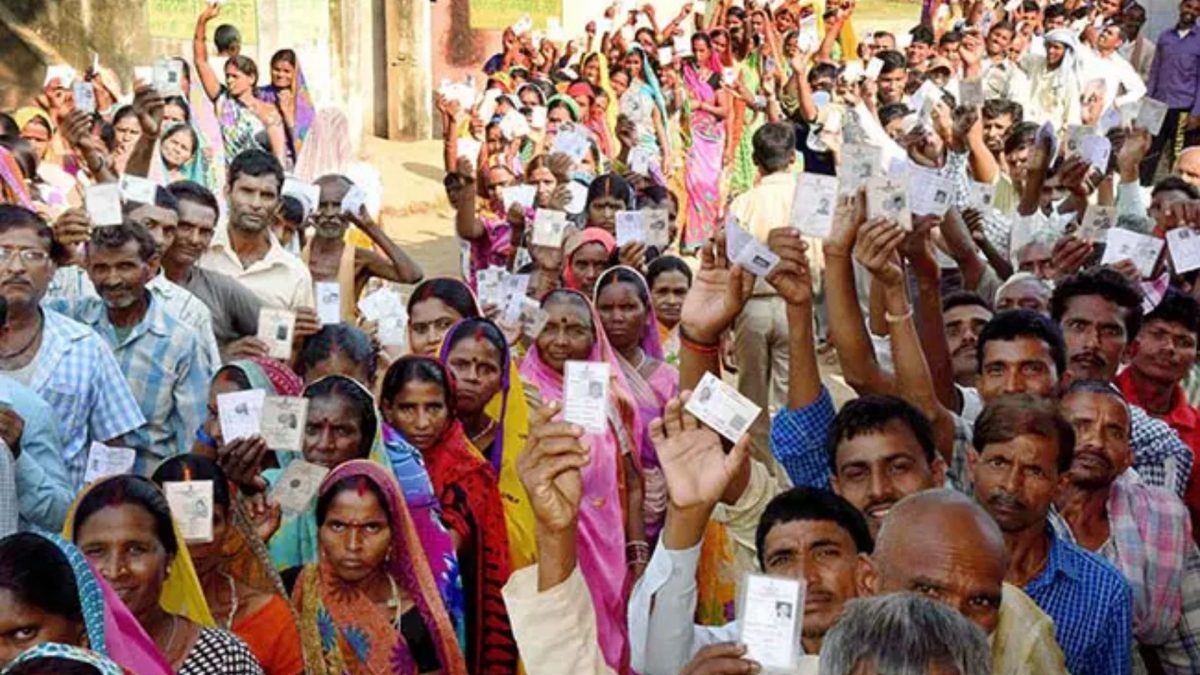)
)
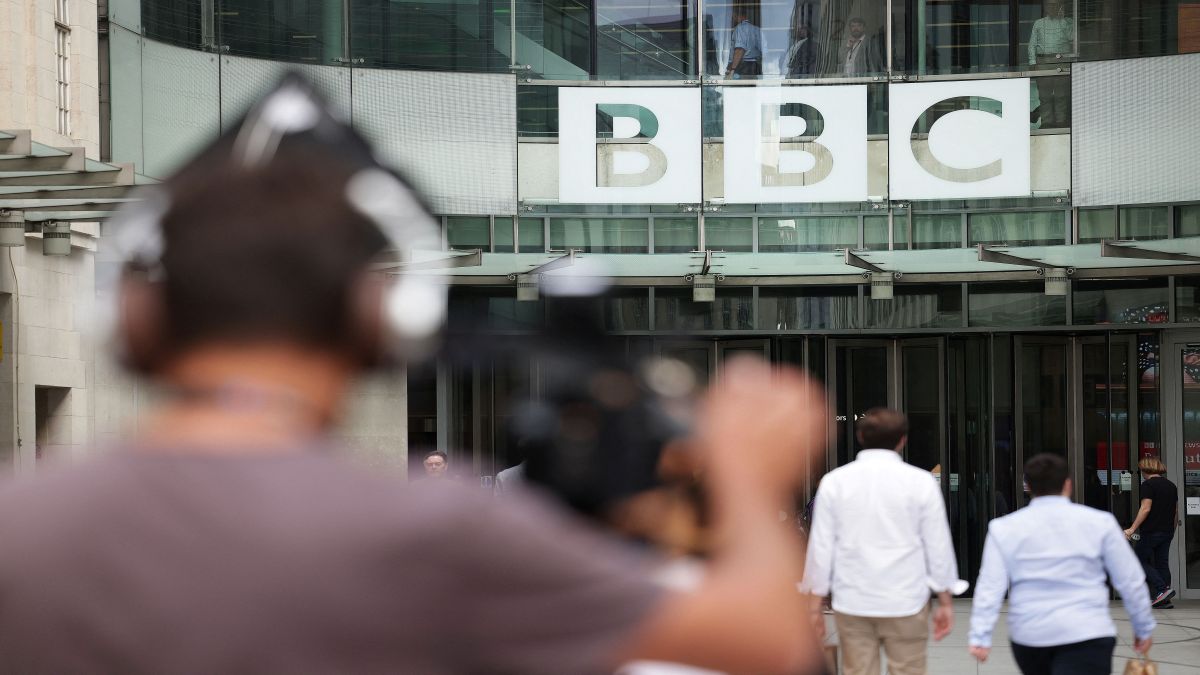)



